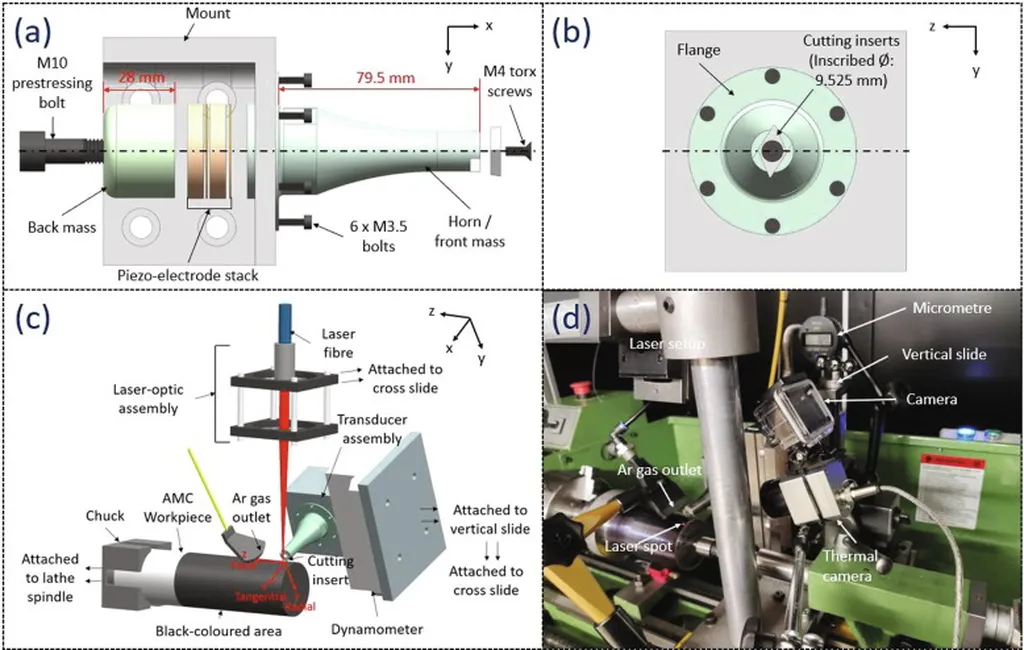In the ever-evolving world of materials science, a groundbreaking study led by Mohd Iqbal from Universitas Syiah Kuala is shedding new light on the machining of hybrid composites, a material increasingly vital to industries ranging from automotive to construction and energy. Published in the *International Islamic University Malaysia Engineering Journal* (known as *Jurnal Kejuruteraan Universiti Islam Antarabangsa Malaysia* in Malay), this research delves into the intricate balance of cutting forces, vibrations, and surface quality during the drilling of hybrid composites made from abaca and glass fibers.
The study addresses a pressing challenge in modern manufacturing: how to optimize the machining process for hybrid composites, which combine the best properties of natural and synthetic fibers. “Hybrid composites are gaining traction because they offer a sustainable alternative to purely synthetic materials, but their machining behavior is complex,” explains Iqbal. “Our research aims to unravel the nuances of cutting parameters to enhance efficiency and product quality.”
Traditionally, synthetic fibers like glass have been favored for their strength and water resistance, but their environmental impact is a growing concern. Natural fibers, such as abaca, are biodegradable and cost-effective but lack the uniformity and strength of synthetic counterparts. By blending these materials, manufacturers can achieve a balance of performance and sustainability. However, this blend introduces unique challenges during machining, particularly in processes like drilling, where cutting forces and vibrations can significantly impact the final product.
Iqbal’s team fabricated composite panels using a combination of 10% abaca fiber, 10% glass fiber, and 80% polyester resin, with a 1% hardener. They then conducted drilling experiments using a two-flute high-speed steel (HSS) cutting tool under varying spindle speeds and feed rates. The results were revealing: higher spindle speeds increased cutting forces by up to 15%, while higher feed rates amplified vibration acceleration by up to 67.8%.
These findings are not just academic; they have profound implications for industries that rely on hybrid composites, including the energy sector. As renewable energy technologies advance, the demand for lightweight, durable materials is surging. Wind turbine blades, for instance, often incorporate composite materials to reduce weight and improve efficiency. Understanding how to optimize the machining process for these materials can lead to significant cost savings and improved performance.
“By fine-tuning the cutting parameters, we can minimize defects like tool wear, fiber debonding, and delamination,” Iqbal notes. “This not only enhances the quality of the final product but also reduces waste and production costs.”
The research published in the *International Islamic University Malaysia Engineering Journal* offers a roadmap for manufacturers to navigate the complexities of machining hybrid composites. As industries continue to seek sustainable and high-performance materials, this study provides valuable insights that could shape future developments in the field. By bridging the gap between material science and practical application, Iqbal’s work underscores the importance of innovation in driving forward the next generation of industrial materials.

